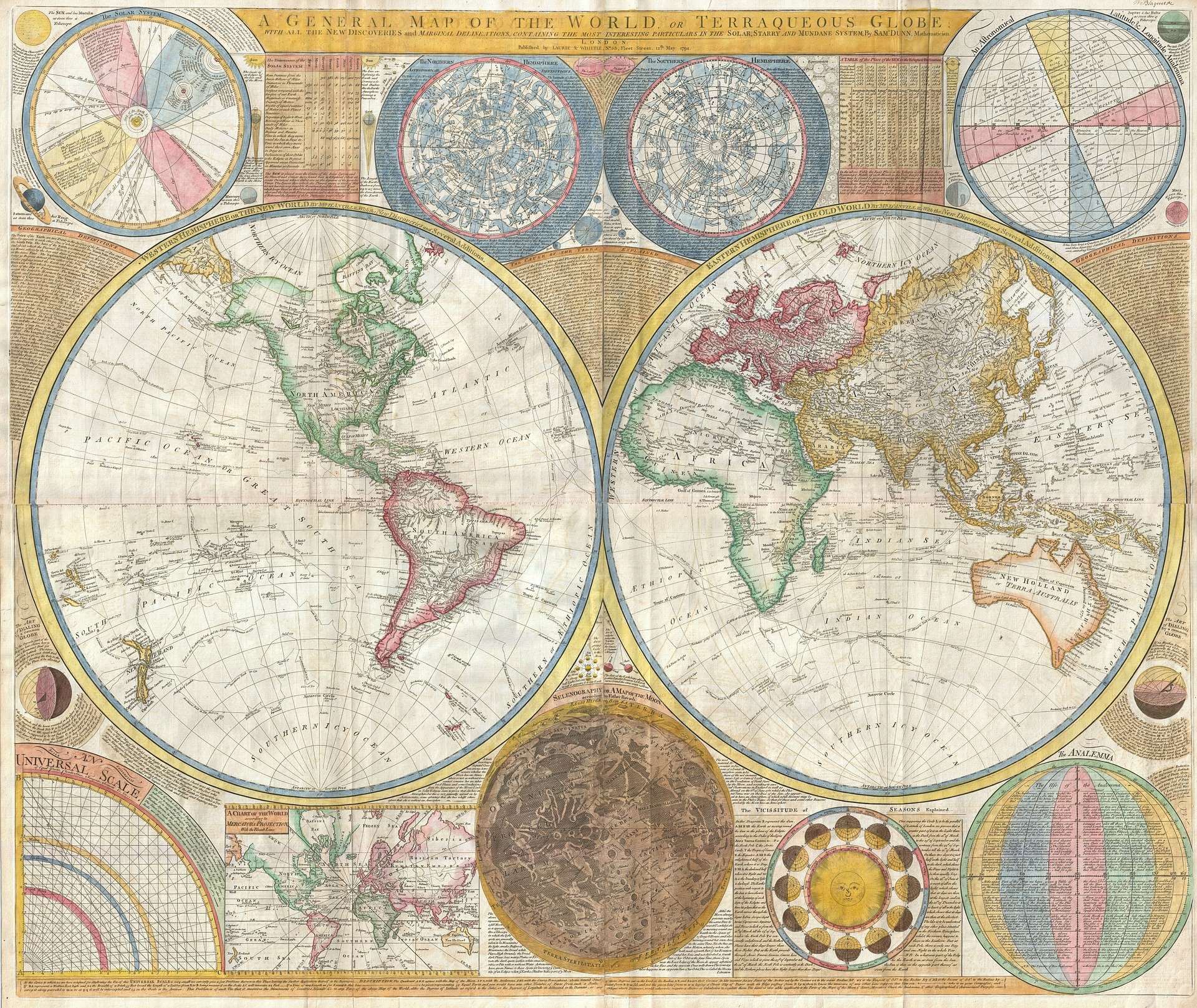Evidence is growing that Mars, now cold and dry, had liquid water running on its surface much more recently than previously thought.
Scientists have long believed that Mars was wet around 3 billion years ago, during the planet’s Hesperian period, then lost much of its water. But the a new study presents evidence of water activity from just 700 million years ago, well into the current Amazonian period, posing a new puzzle to crack about the Red Planet and its history.
The new study is based on data from China’s Zhurong rover, which is part of the Tianwen-1 mission and touched down on the surface of Mars in May 2021. In particular, the scientists used data the rover gathered during its first 92 Martian days, or sols, at its landing site in Utopia Planitia. Yang Liu, a researcher at the National Space Science Center (NSSC) under the Chinese Academy of Sciences (CAS), and colleagues analyzed data from three different instruments on Zhurong: the laser-induced breakdown spectrometer (MarSCoDe), the telescopic microimaging camera and the short-wave infrared spectrometer.
Related: China’s Mars rover Zhurong is hunkering down for its 1st Red Planet winter
Those instruments studied minerals that, according to the team, suggest the presence of a substantial quantity of liquid water at the site about 700 million years ago, well into the current Amazonian epoch, which scientists previously thought was dry.
“This is a very interesting result,” says Eva Scheller, a planetary scientist at the California Institute of Technology who wasn’t involved in the new research. “We have very few recorded evidences of ‘young’ liquid water systems on Mars. And for the ones we have, they were usually in the form of salt minerals.”
But Zhurong’s instruments spotted water molecules locked away in the rock, “which is very interesting and different from other young liquid water environments that have been observed,” Scheller said. “It means that particular forms of water-bearing minerals would have formed at much later time periods than have previously been considered in other scientific studies.”
NASA has sent its Mars rovers to ancient landing sites, dating back to the Noachian age more than 3.7 billion years ago. Zhurong, then, is not just an extra set of wheels on Mars, but a powerful suite of instruments exploring a new, geologically young site to open new windows of opportunity for research on Mars.
Related stories:
“One of the major things we’ll have to find out and that I look forward to seeing from the Zhurong rover is how extensive these ‘young’ water-bearing minerals are,” Scheller said. “Are they common or uncommon in these ‘young’ rocks?”
Zhurong has now covered about 1.24 miles (2 kilometers) during its more than 350 Martian days, and has analyzed a range of features on its travels, meaning more new Martian insights are likely still to come from the rover.
The results are described in a paper published Wednesday (May 11) in the journal Science Advances.
Follow us on Twitter @Spacedotcom and on Facebook.

